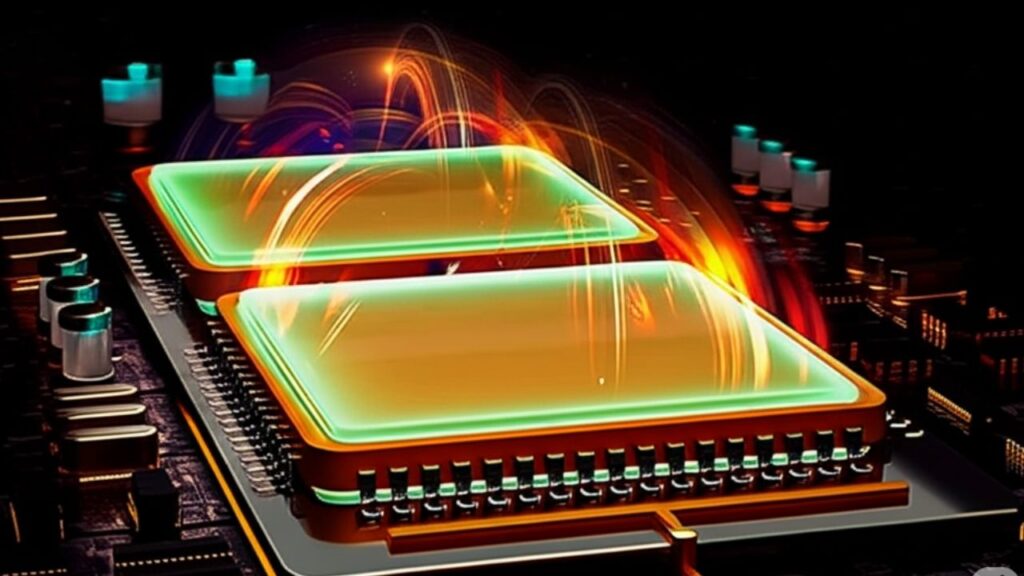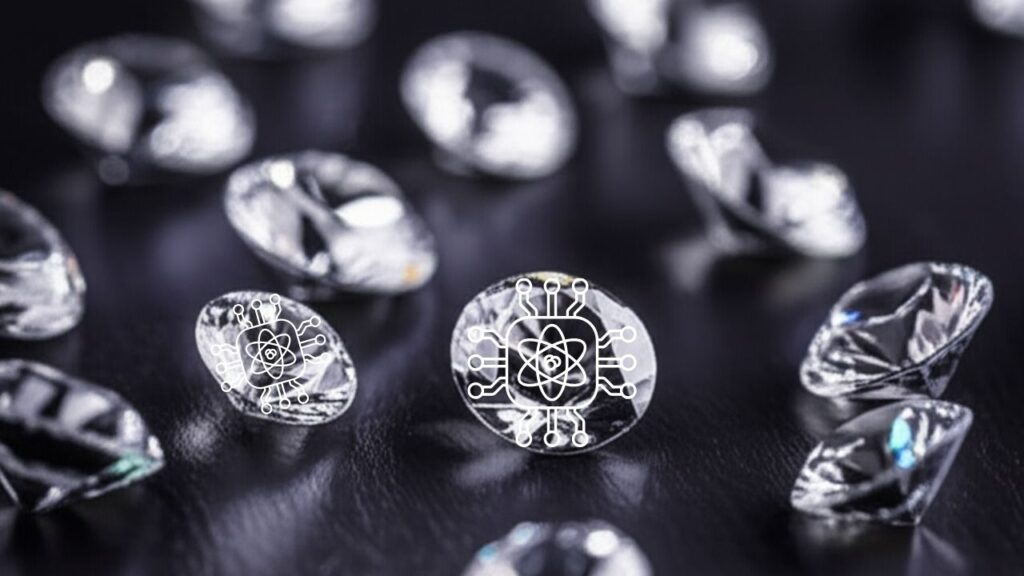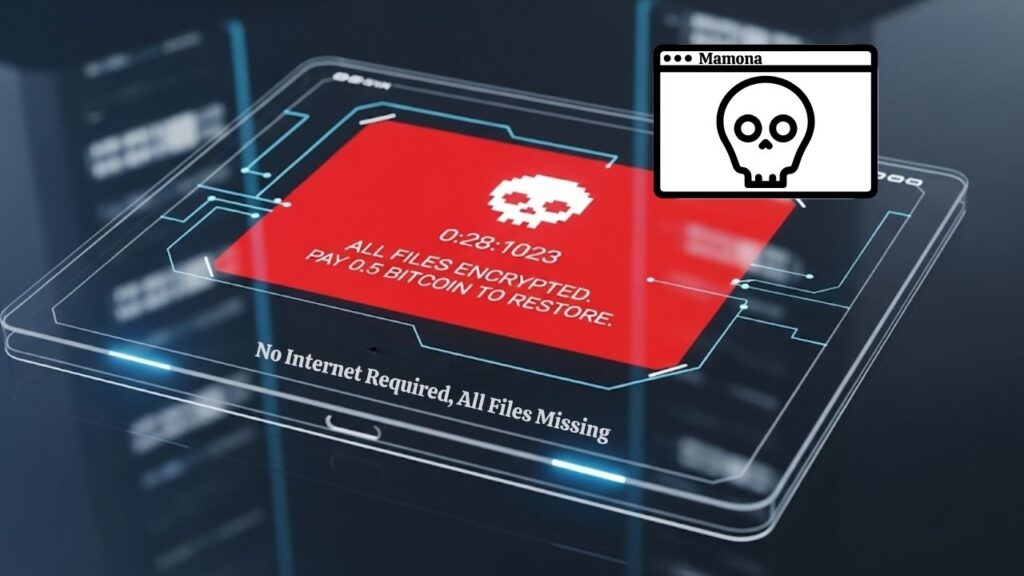Quantum sensing technology has long been the domain of specialized laboratories and expensive equipment, but a pioneering project called Uncut Gem aims to change that forever. At the heart of this innovation is a special diamond known as a nitrogen-vacancy (NV) center diamond, which is the central quantum element in a low-cost, fully open-source quantum sensor that can be built, customized, and used by anyone—from students and hobbyists to professionals.
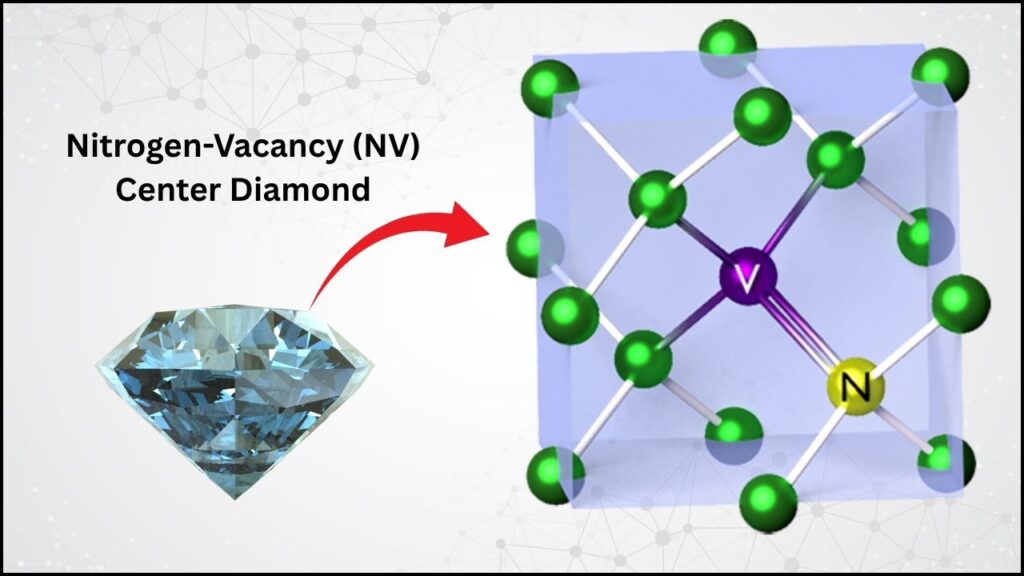
In this article, we will explore what makes this special diamond so unique, how the Uncut Gem sensor works, and why this breakthrough is poised to democratize quantum sensing technology, making it accessible, affordable, and versatile for a wide range of applications. Whether you are new to the topic or a professional looking for deeper understanding, this guide breaks it down in easy terms with practical examples and scientific insights.
Table of Contents
Special Diamond Could Unlock the World’s First Fully Open-Source Quantum Sensor
| Aspect | Details |
|---|---|
| Technology | Nitrogen-Vacancy (NV) Center Diamonds — quantum defects in diamond allowing precise magnetic, electric, temperature sensing |
| Project | Uncut Gem — first fully open-source quantum sensor platform including hardware, firmware, and software |
| Cost | Prototype build costs ~ $120–160; upcoming versions targeted under $50 |
| Applications | Medical sensors, alternative GPS navigation, material characterization, quantum computing support |
| Key Features | Room temperature operation, use of widely available components, hackability, and community-driven improvements |
| Official Resources | Quantum Village on GitHub |
The Uncut Gem project is a bold step toward making quantum sensing technology affordable, customizable, and globally accessible. By leveraging nitrogen-vacancy centers in synthetic diamonds combined with an open-source hardware and software framework, it empowers individuals and professionals alike to engage with quantum technology that was once out of reach.
From helping solve real-world problems in medicine and navigation to enabling new experiments in quantum computing and material science, this open-source quantum sensor has the potential to ignite innovation and democratize quantum technology worldwide.
What Is a Nitrogen-Vacancy (NV) Center Diamond?
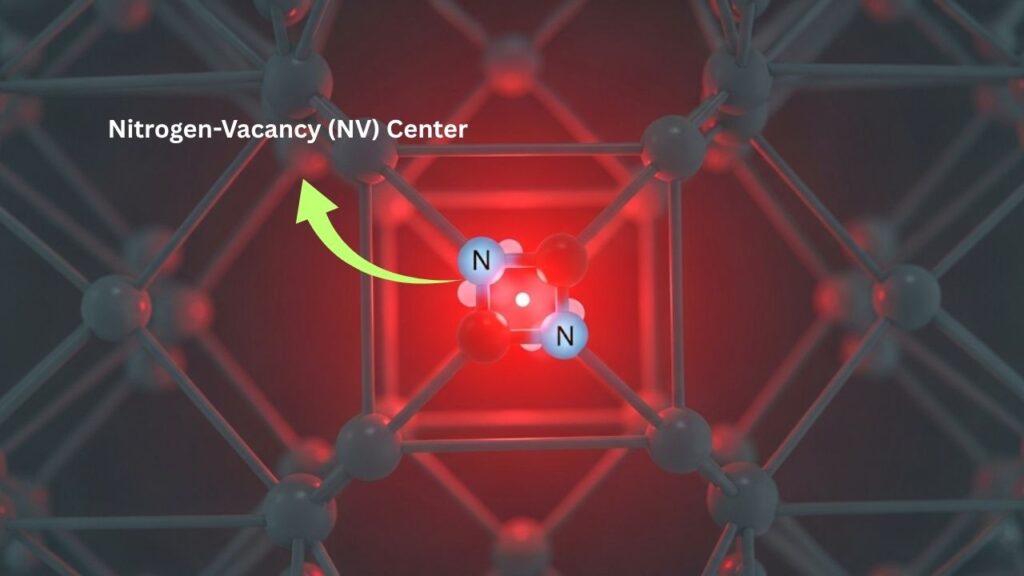
Diamonds are already famous for their beauty and hardness, but inside some diamonds can be found a special kind of imperfection called a nitrogen-vacancy (NV) center. This occurs when a nitrogen atom replaces one carbon atom in the diamond’s crystal lattice and sits next to a vacancy (a missing carbon atom). This combination traps electrons that have special quantum spin properties.
These quantum spins can be manipulated and detected using laser light, even at room temperature, which makes NV centers extraordinary tools for quantum sensing. Because their spin states react sensitively to tiny changes in magnetic and electric fields, temperature, and pressure, they serve as natural quantum sensors capable of measuring physical phenomena at extremely fine scales.
The Uncut Gem Project: Democratizing Quantum Sensing
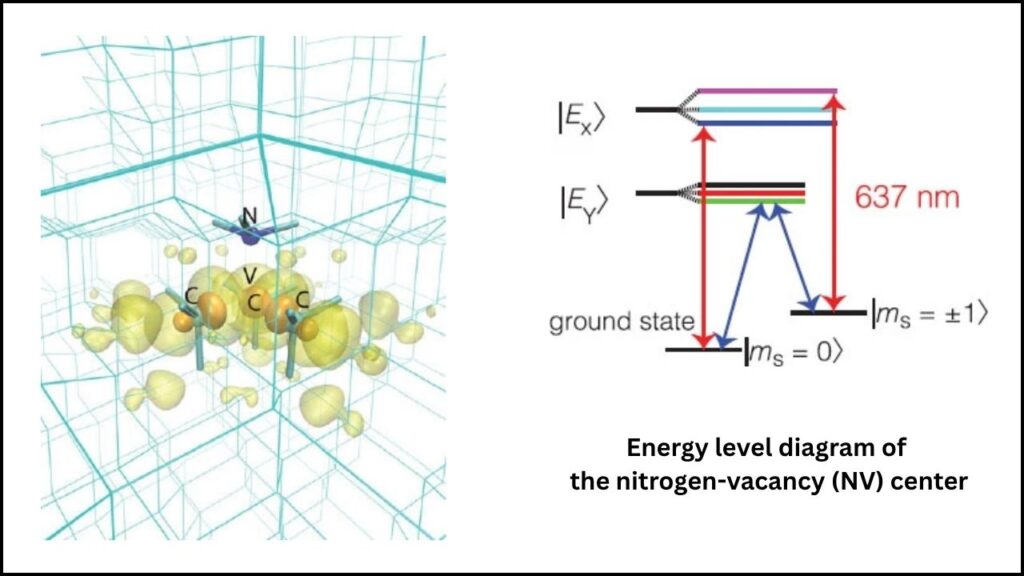
Quantum sensors traditionally require complex, expensive equipment accessible only to a few labs worldwide. The Uncut Gem project, led by researchers and hackers affiliated with Quantum Village and showcased at the Defcon conference, introduces a game-changer: a fully open-source quantum sensor based on NV diamonds that anyone can build using affordable, off-the-shelf components and synthetic diamonds.
- The first prototype sensor costs about $120 to $160 to build.
- A more affordable second iteration is planned with a budget target close to $50.
- The third version is slated for release soon to further reduce cost and complexity.
This open-source approach includes complete hardware schematics, firmware, and software. Users are encouraged to experiment, improve, and share their results, making quantum sensing accessible not only to academics but also to students, hackers, and professionals globally.
How Does the Quantum Sensor Work?
The core operating principle of the Uncut Gem sensor harnesses the quantum properties of NV centers. Here is a simplified step-by-step explanation:
- Diamond Preparation: Synthetic diamond with nitrogen-vacancy centers is used. These diamonds are produced as affordable off-cuts rather than high-purity gems.
- Spin Initialization: A green laser excites the NV centers, initializing their quantum spin states.
- Spin Manipulation: Microwave signals manipulate these spins, causing them to respond to environmental changes.
- Optical Readout: The diamond emits fluorescence in a way that depends on the NV spin states. By measuring these optical signals, the sensor deduces parameters like magnetic field strength or temperature.
- Signal Processing: Software filters out environmental noise to extract meaningful data.
Practical setups are designed to use readily available electronics, making it easier to assemble the device at home or in a lab.
Why Is This Important?
Accessible Quantum Technology for All
Previously, quantum sensing was largely restrained to institutions with significant funding due to high costs of equipment and proprietary components. The Uncut Gem initiative breaks that barrier by:
- Providing an open-source platform that anyone can build and modify.
- Using affordable synthetic diamonds rather than rare and expensive natural gems.
- Incorporating standard electronics widely available worldwide.
Broad and Practical Applications
- Medical Diagnostics: Portable quantum sensors could revolutionize medical imaging, offering MRI-like capabilities in low-resource healthcare settings.
- Navigation: Quantum sensors can complement or substitute GPS by detecting electromagnetic wave disturbances, crucial during GPS outages or signal jamming.
- Material Science: Researchers can use highly sensitive NV sensors to study magnetic materials, 2D materials, and biological samples at unprecedented resolution.
- Quantum Computing & Random Number Generation: Open systems facilitate experimental quantum computing and secure cryptography tools.
The Science Behind the NV Quantum Sensor in More Detail
To better understand why NV centers are so effective quantum sensors, here are some scientific details:
- NV centers host an electronic spin triplet state (spin = 1) with energy levels very sensitive to external fields.
- Their spin states can be optically initialized and read out at room temperature, contrasting with other quantum systems needing ultra-low temperatures.
- Spin coherence time—how long the spin can be preserved—is excellent in diamond, enabling precise sensing.
- By observing shifts in resonance frequencies caused by magnetic or electric fields or temperature changes, the sensor detects these physical quantities with great accuracy.
Advanced implementations integrate NV centers with photonic circuits and CMOS electronics to miniaturize sensors further and enhance sensitivity, enabling chip-scale quantum sensing devices.
Step-by-Step Guide to Building an Open-Source NV Diamond Quantum Sensor
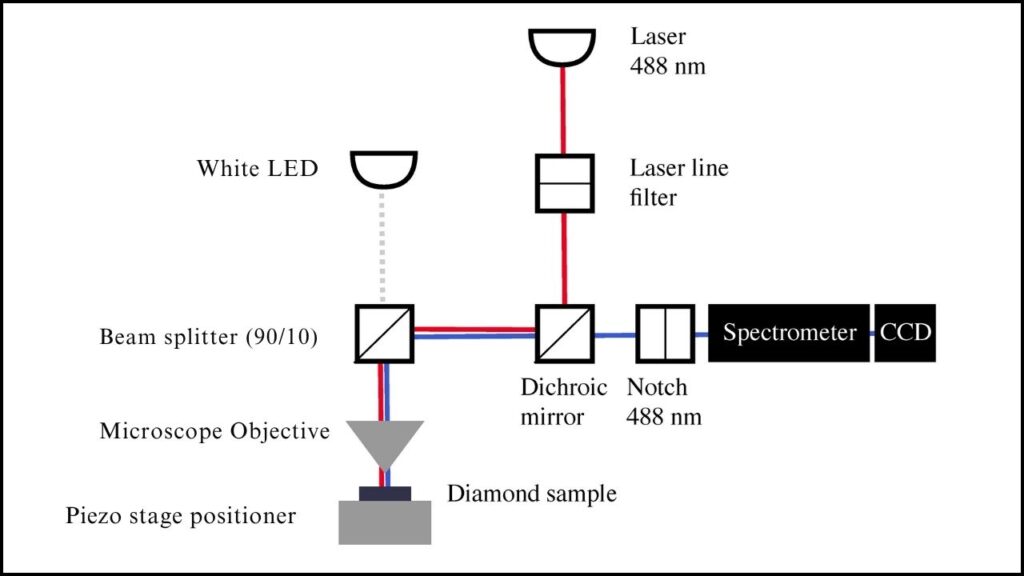
If you’re eager to experiment with this cutting-edge technology yourself, here is a simplified overview of steps:
- Obtain the NV Diamond: Source a synthetic diamond with nitrogen-vacancy centers, preferably from suppliers linked by the Uncut Gem community.
- Gather Electronics: Acquire the essential off-the-shelf components—lasers, microwave generators, photodetectors, microcontrollers—detailed in the open-source schematics.
- Assemble the Hardware: Follow the comprehensive guides available on GitHub, assembling the circuit board and optics according to provided layouts.
- Install Firmware & Software: Load the open-source firmware for spin control and data acquisition; utilize filtering and analysis software to interpret results.
- Calibrate & Experiment: Perform calibration and begin sensing experiments, measuring magnetic fields, temperature, or other parameters of interest.
Because the project is fully open-source and supported by an active community, you can tweak and improve designs to suit your specific needs or research interests.
Quantum Mystery Cracked After 60 Years — Scientists Discover Unexpected ‘Backdoor’
Scientists Capture Quantum ‘Eternal Dance’ of Molecules for the First Time Ever
Breakthrough: Scientists Unlock Universal Quantum Computing With Exotic Anyons
FAQs About Special Diamond Could Unlock the World’s First Fully Open-Source Quantum Sensor
Q1: What makes nitrogen-vacancy centers in diamonds special for quantum sensing?
A: NV centers act as tiny quantum sensors because their spin states respond sensitively to magnetic, electric fields, temperature, and strain, and can be manipulated and read out with light at room temperature.
Q2: How much does it cost to build the Uncut Gem quantum sensor?
A: The current prototype costs between $120 and $160, with future versions targeting $50 or less.
Q3: Can I use this sensor for medical applications?
A: Yes, although basic versions are not medical devices, the technology showcases the potential for portable quantum sensors that might be used for medical diagnostics and portable MRI-like imaging in the future.
Q4: Is special training required to use or build the sensor?
A: Basic electronics and programming knowledge are helpful. However, guides and community support make it accessible for advanced hobbyists, students, and researchers.


